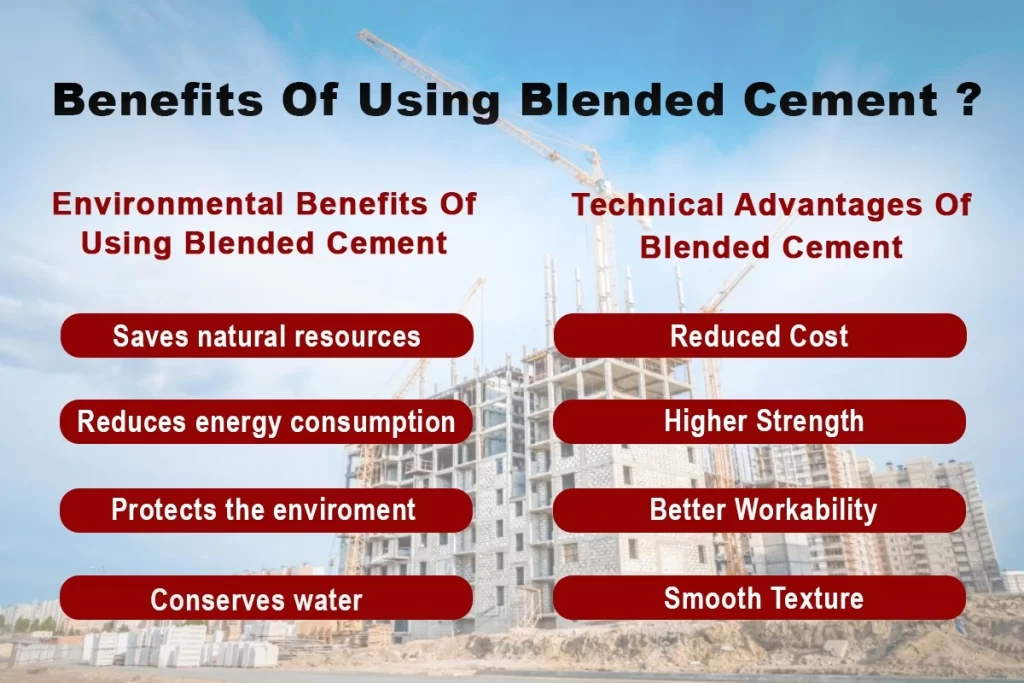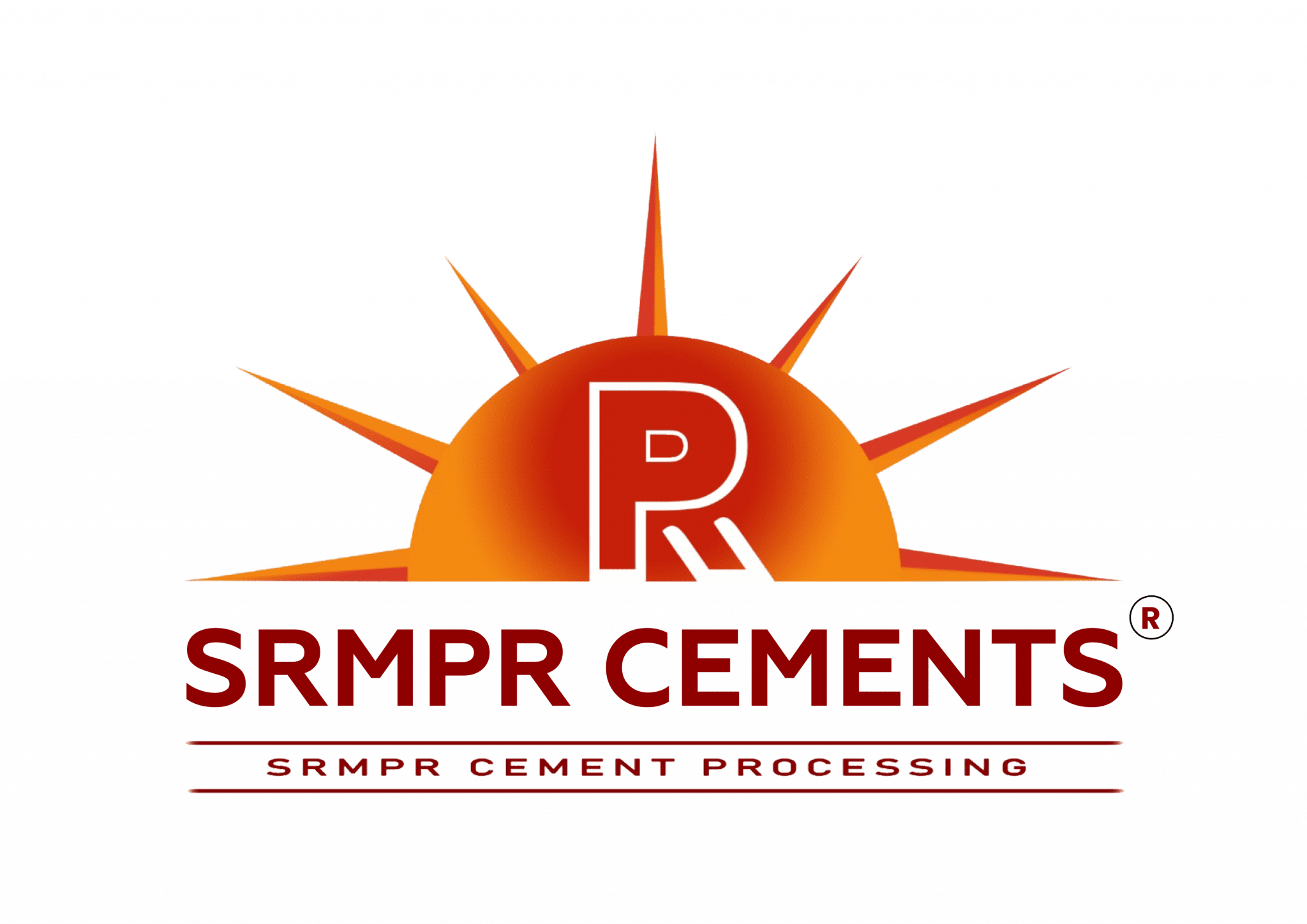Cement forms the backbone of the construction industry, but its production consumes a lot of energy and natural resources and contributes significantly to greenhouse gas emissions. With rising environmental concerns and the introduction of stringent government regulations on waste disposal, there has been a significant shift towards sustainable development. In this context, blended cement is rapidly gaining popularity as a ‘green’ alternative to traditional Ordinary Portland Cement in the construction sector. Using this environmentally friendly cement offers several performance advantages, but before we dive into these details, let’s take a quick look at what blended cement is and why you should choose it for your next construction project.
What Is Blended Cement?
Blended cement is prepared by mixing the clinker with one or two supplementary cementitious materials (SCMs), such as fly ash, slag, granulated BFS, silica fume, volcanic ash, and other industrial by-products, at the grinding stage of cement production. This innovative cement-based material offers superior performance advantages, including improved workability, durability, strength, and better construction outcomes. Besides being environmentally friendly, it also performs well in both hot and cold weather conditions. It offers enhanced efficiency, reduces energy usage, and generates fewer pollutants and carbon emissions.
Simply put, the usage of blended cement instead of traditional concrete makes sense environmentally, economically, and functionally, making it a viable and cost-effective option for individual home builders.
Four Environmental Benefits of Using Blended Cement
While the performance advantages of blended cement are plenty, its impact on the rising trend toward green construction practices is worth mentioning. Here are some reasons that make it an environment-friendly choice:
Saves Natural Resources – The mineral admixtures used in the production of blended cement are waste products from thermal and steel plants. Using these industrial waste materials helps conserve precious minerals such as limestone, clay, and silica.
Reduces Energy Consumption – Adding mineral admixtures like fly ash and slag, which are by-products of other industrial processes, decreases energy consumption during cement production.
Conserve Water – Blended cement uses a lower water-cement ratio during the construction process, thereby saving water.
Protects the Environment – Cement is a key ingredient in construction, but its production is energy-intensive and accounts for about 7% of global CO2 emissions. It releases various pollutants, smog, and greenhouse gases. However, the use of industrial by-products like fly ash and slag in blended cement significantly reduces greenhouse gas emissions during production.
In a nutshell, blended cement from SRMPR Cements is not only good for you but also for the environment.
Technical Advantages of Blended Cement
While the environmental benefits of blended cement are clear, there are significant performance advantages as well. Initially, the environmental concerns, stringent government regulations, and the pressing need to minimize carbon footprint were the primary reasons for its rising demand. However, growing awareness of its technical advantages is also encouraging individuals to opt for this environmentally friendly cement.
Let’s discuss the technical advantages of using blended cement to help you make a more informed purchase decision for your next construction project.
Higher Strength – Using fly ash or slag can significantly enhance the long-term strength and durability of concrete, contributing to the strength gain of your newly constructed house.
Reduced Costs – The use of supplementary cementitious materials such as fly ash or slag requires less processing and decreases the amount of materials and energy used for cement production, reducing overall concrete costs. Additionally, blended cement helps cut expenses on repairs and renovations due to lesser seepage and related incidents, making it ideal for home construction.
Better Workability – Since blended cement uses less water, it is easier to work with and shape. Lower water consumption also minimizes shrinkage and permeability.
Smoother Texture – Blended cement offers a finer texture than its alternatives when mixed and placed, resulting in improved construction quality. It is also ideal for finishing and elevation works.
With these advantages, SRMPR Cements’ blended cement is an excellent choice for your next construction project, providing both environmental and technical benefits.
Where to Buy Environment-Friendly Cement
Whether you are planning to build a new home or start a new construction project, there are many factors to consider. You can reduce some stress by seeking help from an SRMPR Cements RCF Advisor who will visit your construction site to guide you on the best usage of cement and help you develop the right construction practices. By now, it should be clear why blended cement is the way to go for your construction needs. Its numerous performance and environmental advantages outweigh those of traditional concrete.
If you’re wondering where to buy blended cement, look no further. SRMPR Cements is a leading cement manufacturer in India, offering a wide variety of specialty cement and value-added products for different construction requirements. With a constant focus on quality, innovation, and sustainability, our environment-friendly cement provides durable and high-strength construction for years to come.



